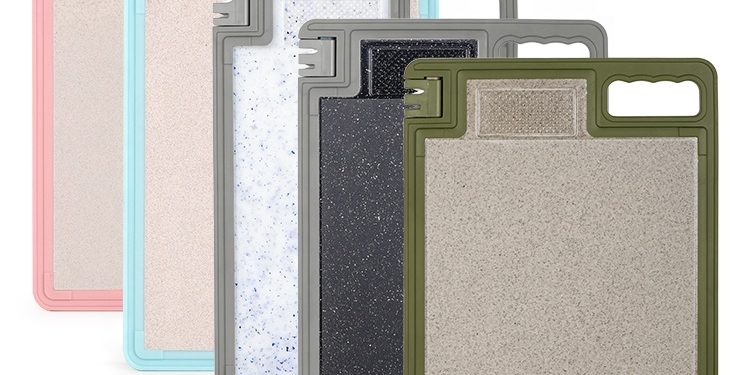Food safety is paramount in the kitchen, and the choice of cutting board material can have a significant impact on it. Stainless steel cutting boards have unique properties that make them a scientifically sound choice for ensuring food safety. In this article, we’ll delve into the science behind stainless steel cutting boards and their role in maintaining food safety.
- Bacteria Resistance: Stainless steel is naturally non-porous, meaning it has no tiny crevices for bacteria to hide. This property makes stainless steel cutting boards highly resistant to bacterial growth, reducing the risk of cross-contamination.
- Hydrophobic Nature: Stainless steel’s hydrophobic (water-repelling) surface prevents moisture from seeping into the material. Moisture can be a breeding ground for bacteria, so this property enhances food safety.
- Easy Cleaning: The smooth surface of stainless steel is easy to clean and disinfect. This ensures that pathogens are efficiently removed during cleaning, minimizing the chance of contamination.
- Resistance to Knife Marks: Stainless steel is durable and resistant to knife marks and scratches. Unlike some cutting board materials, it doesn’t provide crevices for bacteria to accumulate.
- Heat Resistance: Stainless steel can withstand high temperatures without warping or cracking, which is crucial when handling hot foods or transitioning between hot and cold food preparation.
- Chemical Stability: Stainless steel is chemically stable and does not react with acidic or alkaline foods, ensuring that it does not introduce harmful substances into your meals.
- Knife-Friendly Surface: Stainless steel cutting boards are gentle on knife edges, reducing the likelihood of micro-nicks and cracks in blades where bacteria can proliferate.
- Durability: Stainless steel cutting boards are built to last, providing a long-term solution for maintaining food safety in the kitchen.
The science behind stainless steel cutting boards aligns with the principles of food safety, making them an ideal choice for home kitchens and commercial settings. Their inherent resistance to bacterial growth, ease of cleaning, and durability all contribute to a safer food preparation environment.






